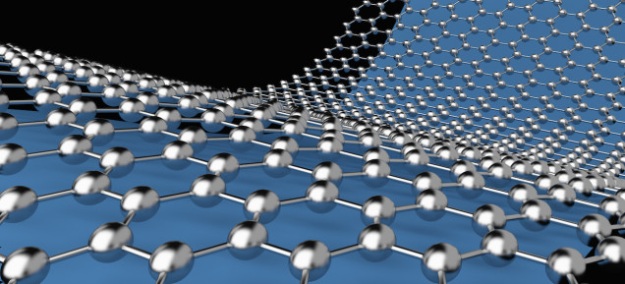Researchers at China’s Nanjing University of Aeronautics and Astronautics have discovered the act of dragging saltwater over graphene creates electricity.

Now, granted, the amount of voltage generated is minuscule: just 30 mV, which was enough to use as part of a handwriting sensor and as part of an energy-harvesting device.
Regardless, it’s a new form of power generation, which is pretty exciting.
The discovery is due in large part to the unique electrical properties contained within graphene. Prior to this discovery, researchers were using an alternative technique involving ionic fluids pushed through different types of graphene-based nanostructures. The problem with this line of thinking, though, is that a pressure gradient is needed. Going the Nanjing route, no pressure gradient is necessary; in fact, no mechanism, other than gravity, is needed.
The researchers simply placed single drops of sea water (and other ionic solutions) on top of strips of monolayer graphene. They then dragged the wet material around and in doing so, discovered the physical movement resulted in the generation of electricity. Adding more drops or increasing the velocity of the dragging further increased the amount of voltage created.
Upon further analysis, the group discovered that when a saltwater droplet sits atop graphene, any charge is redistributed symmetrically on both sides of the drop. This leaves zero net potential difference between the two sides. When the drop is moved, vis-à-vis, the dragging motion, the distribution becomes unbalanced; that is, the electrons are desorbed at one end of the drop and absorbed at the other. This act generates a small amount of voltage.
As mentioned earlier, the amount of power was just a small amount, so the prospects of this technique going commercial are something to be considered a bit further down the road. One of the hurdles standing in the way of the method’s further development is the problem of creating mass amounts of graphene at a reasonable price. Should that happen, though, people all over the world will be able to very easily create their own electricity, as this method has proven to be exceptionally scalable.
The group’s study was published in the journal Nature Nanotechnology . It is available for (paid) download.
Story via phys.org
Advertisement
Learn more about Electronic Products Magazine





